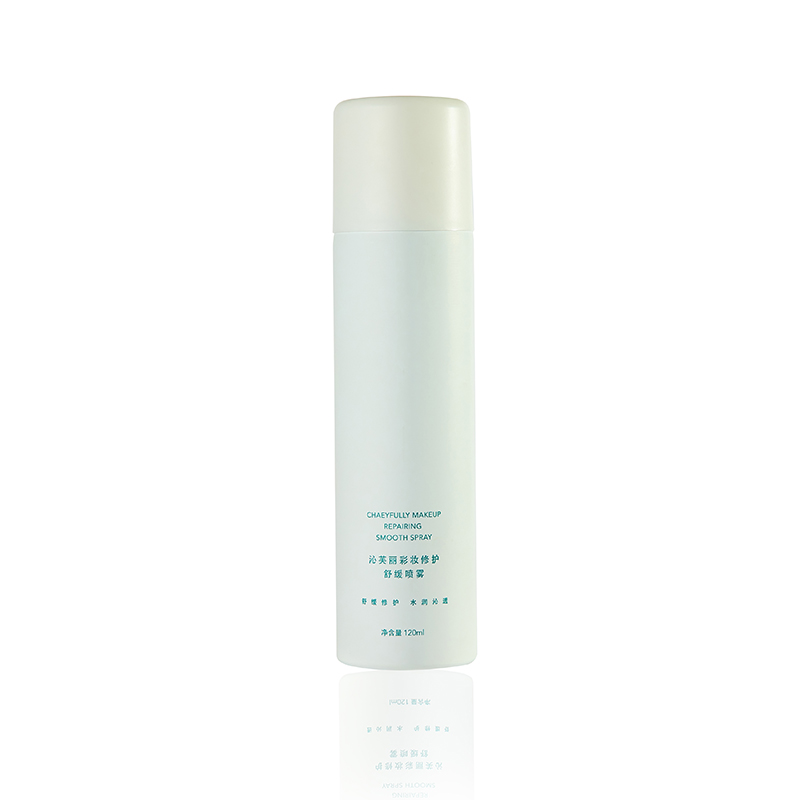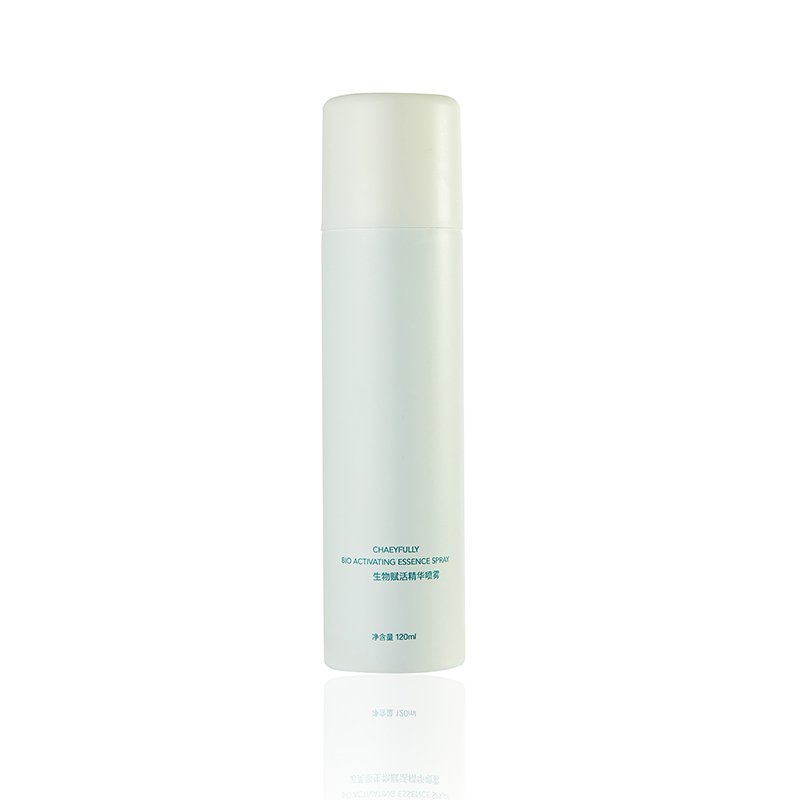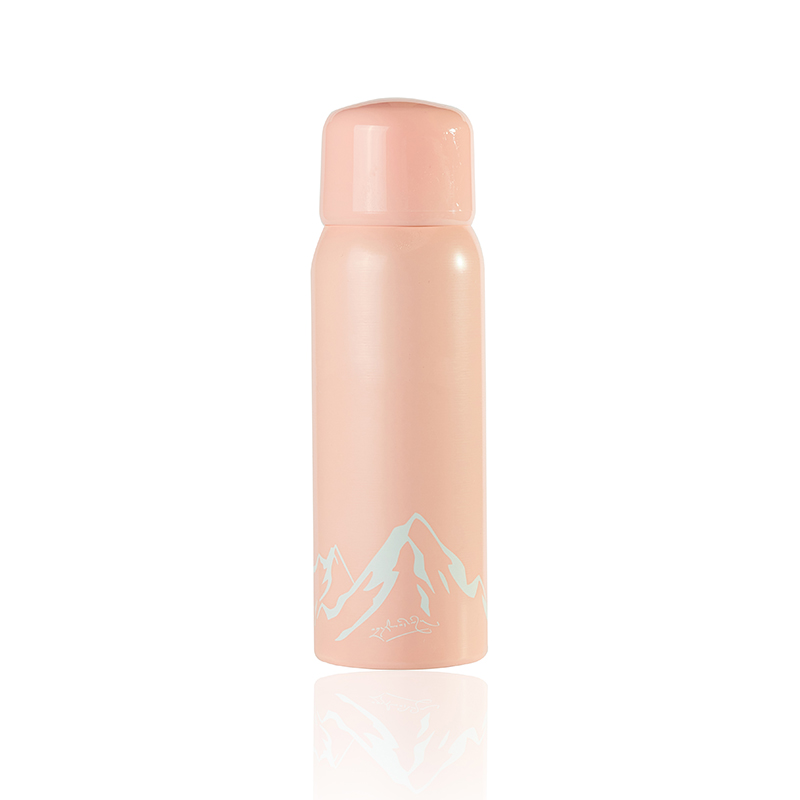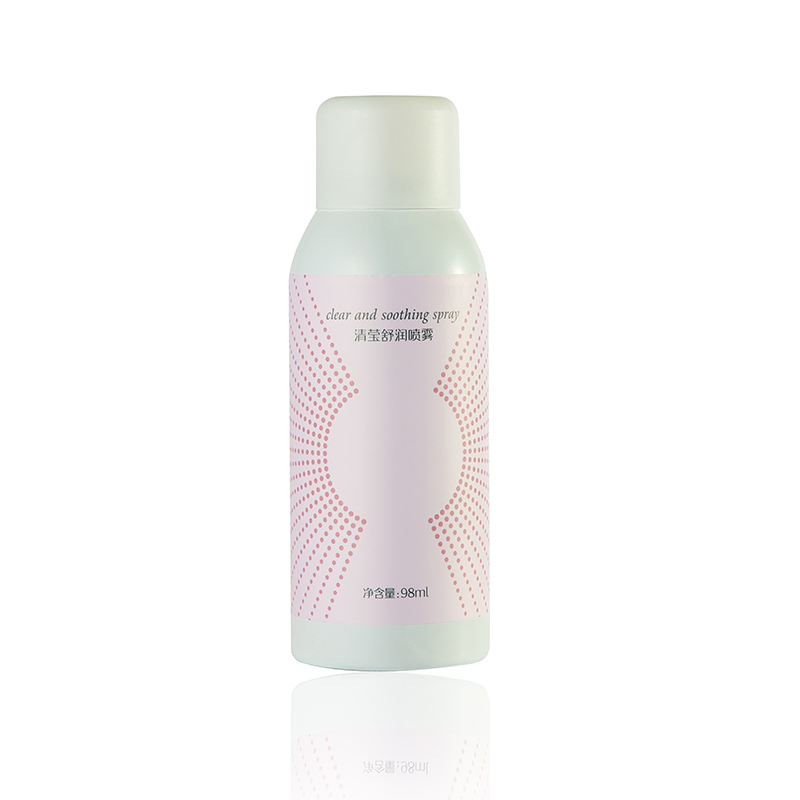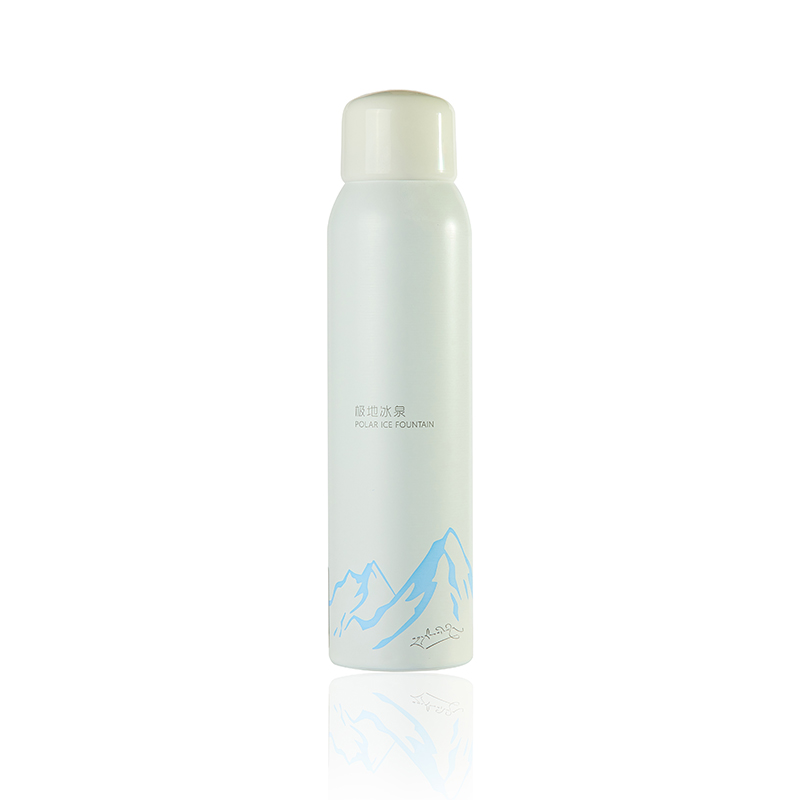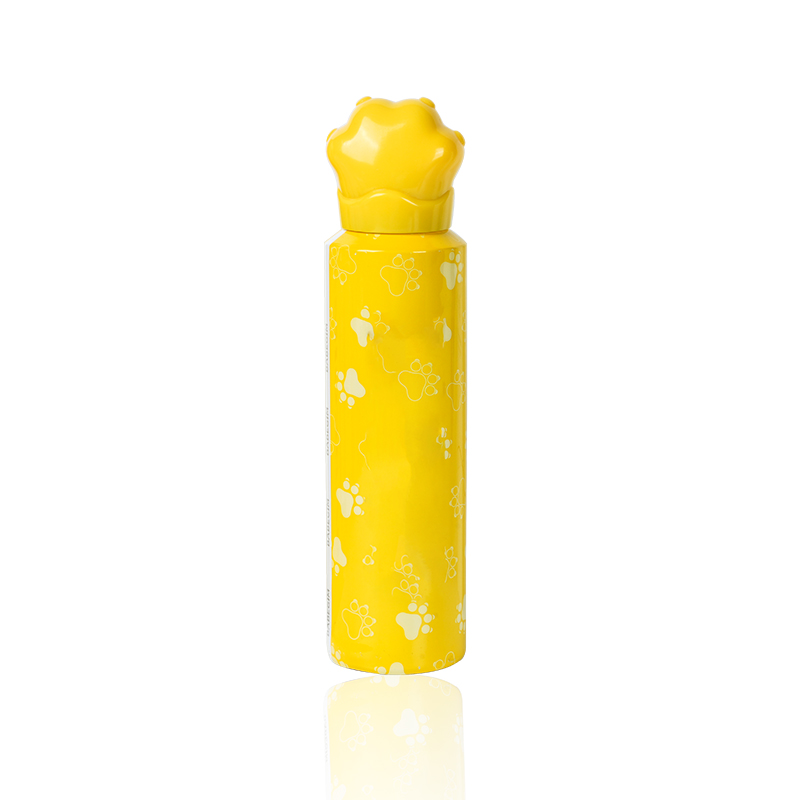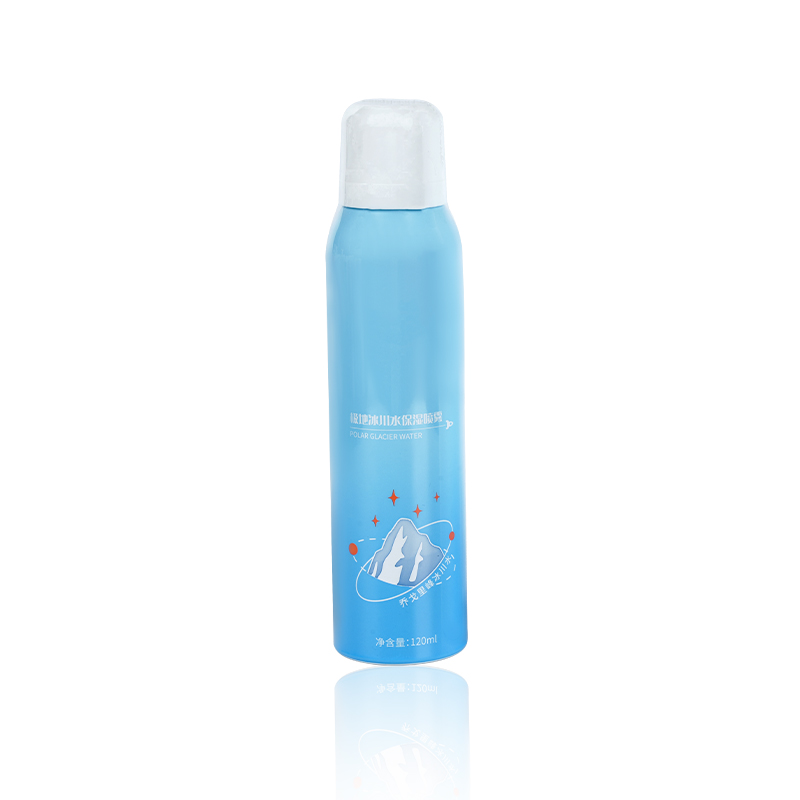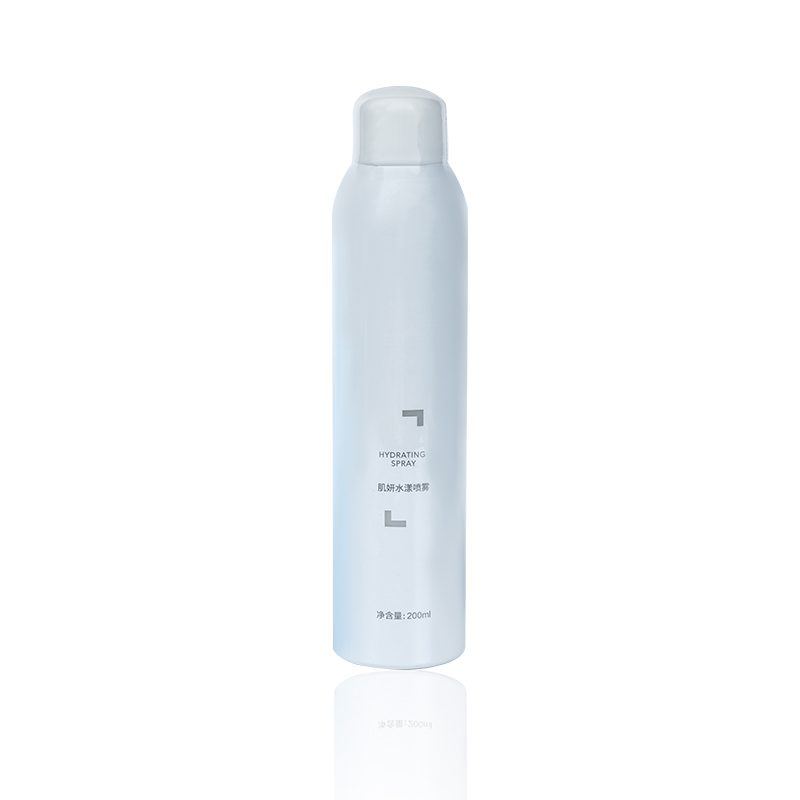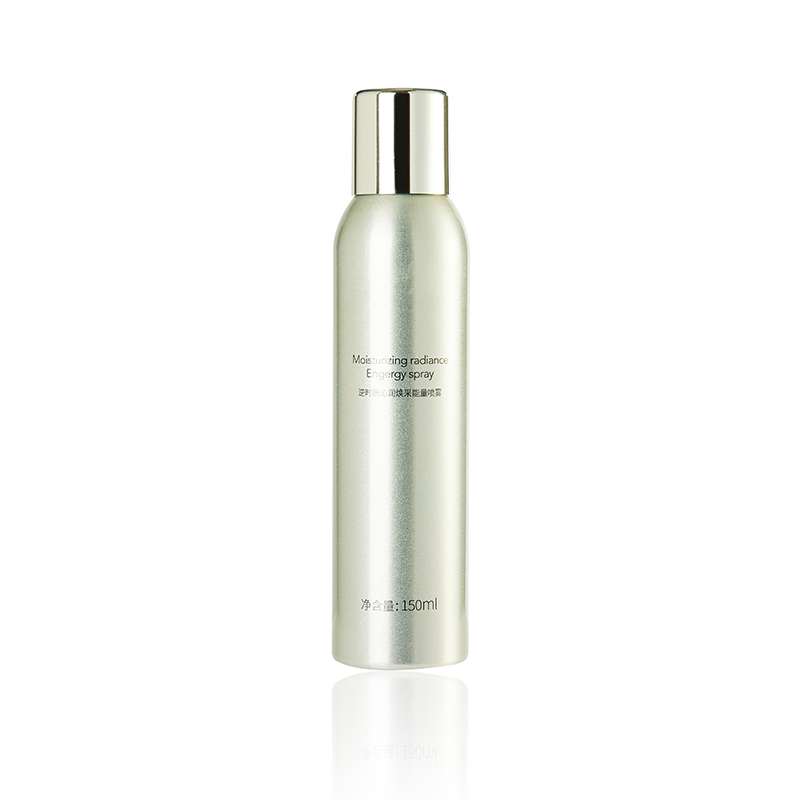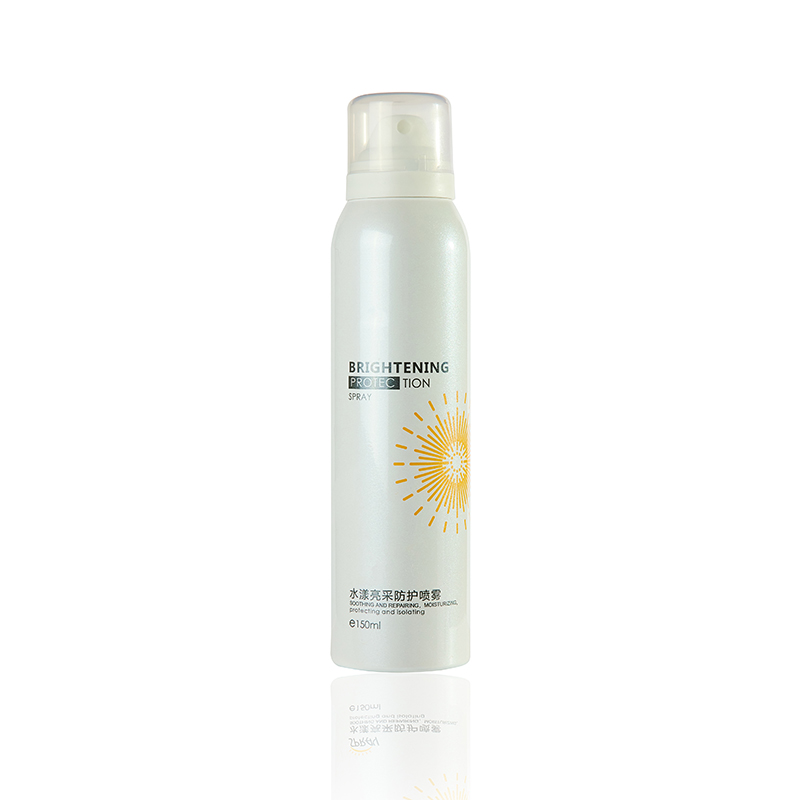As we age, our skin undergoes various changes that affect its appearance and health. In your 60s, the skin may show signs of aging like wrinkles, sagging, dryness, and a loss of elasticity. While a good skincare routine can help maintain skin health, facials provide an additional boost that can refresh and rejuvenate your skin. But how often should you get a facial during your 60s? Let’s explore the benefits, factors to consider, and expert tips to help you decide.
Understanding Skin Changes in Your 60s
Before diving into the frequency of facials, it's important to understand how your skin changes during your 60s. As we age, collagen and elastin production in the skin decreases, leading to a loss of firmness. Skin can become thinner, drier, and more prone to fine lines and age spots. The cell turnover rate slows down, meaning that your skin may not renew itself as quickly as it did in your younger years.
These changes can make the skin appear dull or uneven. Additionally, environmental factors like sun exposure and pollution, combined with lifestyle habits, can exacerbate skin issues. Facials can help address some of these concerns, providing deep cleansing, exfoliation, and nourishment to maintain skin’s vitality.
The Role of Facials in Skin Care for Those in Their 60s
Facials are more than just a relaxing spa treatment; they provide a variety of benefits, especially for aging skin. Here’s why getting facials regularly in your 60s can be a game-changer:
Deep Cleansing: As skin loses its ability to naturally cleanse itself, clogged pores, dead skin cells, and buildup become more common. Facials help remove these impurities, ensuring that your skin stays clear and healthy.
Exfoliation: Facials often include exfoliation, which is crucial for older skin. Exfoliating removes dead skin cells and stimulates new skin growth. This process helps restore the skin’s natural glow and smooth texture.
Hydration: Aging skin tends to be drier due to a reduction in oil production. Facials can provide much-needed moisture, which plumps up the skin and reduces the appearance of fine lines and wrinkles.
Collagen Boost: Some facial treatments, such as those that involve LED light therapy or microcurrent, help stimulate collagen production. This can improve skin firmness and elasticity over time, counteracting the natural sagging that occurs with age.
Targeted Treatments for Skin Issues: Whether it’s hyperpigmentation, rosacea, or age spots, facials can be customized to address specific skin concerns. This personalization ensures you get the most benefit from each treatment.
How Often Should You Get a Facial in Your 60s?
The ideal frequency of facials depends on several factors, including your skin type, concerns, and the type of facial you’re getting. However, there are general guidelines that can help you decide:
1. Monthly Facials for Optimal Results
For most individuals in their 60s, monthly facials are recommended for optimal skin health. Monthly treatments allow for consistent exfoliation and hydration, ensuring your skin stays refreshed and rejuvenated. With regular facials, the skin can maintain a healthy turnover rate, which is essential as the body’s natural processes slow down with age.
Monthly facials are also ideal for targeting specific concerns such as dryness, pigmentation, or sagging. Many treatments, like microdermabrasion or chemical peels, work best when done consistently over a few months.
2. Bi-Monthly Facials for Maintenance
If you’re on a more relaxed skincare regimen, or if your skin is relatively healthy and you’re just looking to maintain its appearance, you may opt for facials every two months. This schedule provides enough time for your skin to show visible improvements without overwhelming it with treatments.
This frequency works well if you’re not dealing with significant skin concerns and just want to keep your skin balanced and hydrated.
3. Seasonal Facials for Specific Skin Needs
For those who experience drastic skin changes with the seasons—such as dry winter air or summer sun exposure—a seasonal approach may be a good fit. Getting a facial every three months can help your skin adjust to these changes. For example, winter facials often focus on deep hydration, while summer treatments may target sun damage or acne prevention.
4. Consult with Your Esthetician
Ultimately, the best advice comes from a professional who can assess your skin’s needs. Estheticians can recommend a personalized facial schedule based on your specific concerns and goals. They may also suggest incorporating targeted treatments like enzyme peels, microneedling, or collagen-boosting therapies depending on the state of your skin.
Popular Facial Treatments for Those in Their 60s
There are various types of facials designed to address different skin concerns. Some treatments that are particularly beneficial for mature skin include:
1. Anti-Aging Facials
These facials often incorporate ingredients like retinol, hyaluronic acid, peptides, and antioxidants, which help combat the signs of aging. They promote collagen production, reduce the appearance of fine lines, and improve skin texture.
2. Hydrating Facials
As your skin tends to get drier with age, hydrating facials that focus on deep moisturization can make a noticeable difference. These facials often use ingredients like aloe vera, hyaluronic acid, and vitamin C to restore moisture and improve skin’s elasticity.
3. Chemical Peels
Chemical peels use acids to exfoliate the skin and can address various concerns, including sun damage, fine lines, and uneven texture. For those in their 60s, a gentle peel can rejuvenate the skin without causing irritation or downtime.
4. Microdermabrasion
Microdermabrasion involves exfoliating the skin with tiny crystals or a diamond-tipped wand to remove dead skin cells and promote the growth of new skin. It’s a great option for smoothing skin texture and addressing age spots.
5. LED Light Therapy
LED light therapy uses different wavelengths of light to target specific skin issues. Red light therapy, in particular, is known for boosting collagen production and reducing inflammation, which makes it a popular choice for aging skin.
6. Microneedling
Microneedling involves using tiny needles to create micro-injuries in the skin, which stimulates collagen and elastin production. It’s often used to reduce wrinkles, fine lines, and scarring. For those in their 60s, this treatment can significantly improve skin firmness and texture.
Additional Skincare Tips for Healthy Skin in Your 60s
While facials are an excellent way to care for your skin, a consistent at-home skincare routine is equally important. Here are some additional tips to keep your skin looking radiant:
Stay Hydrated: Drink plenty of water to keep your skin hydrated from the inside out.
Use Sunscreen: Protect your skin from UV damage, which accelerates aging. Use a broad-spectrum sunscreen every day, even on cloudy days.
Incorporate Antioxidants: Use skincare products that contain antioxidants like vitamin C and E to protect the skin from environmental damage and promote a youthful glow.
Avoid Harsh Ingredients: As skin becomes more sensitive with age, avoid harsh exfoliants or strong chemical products. Stick to gentle, nourishing formulations.
Conclusion
In your 60s, regular facials can play a vital role in maintaining healthy, youthful skin. Monthly facials are often ideal for addressing aging concerns, but bi-monthly or seasonal treatments can also be effective, depending on your needs. Be sure to work with a professional esthetician who can recommend the right facial treatments and frequency for your skin type and goals. With consistent care, you can enjoy glowing, vibrant skin for years to come.

 English
English русский
русский Español
Español